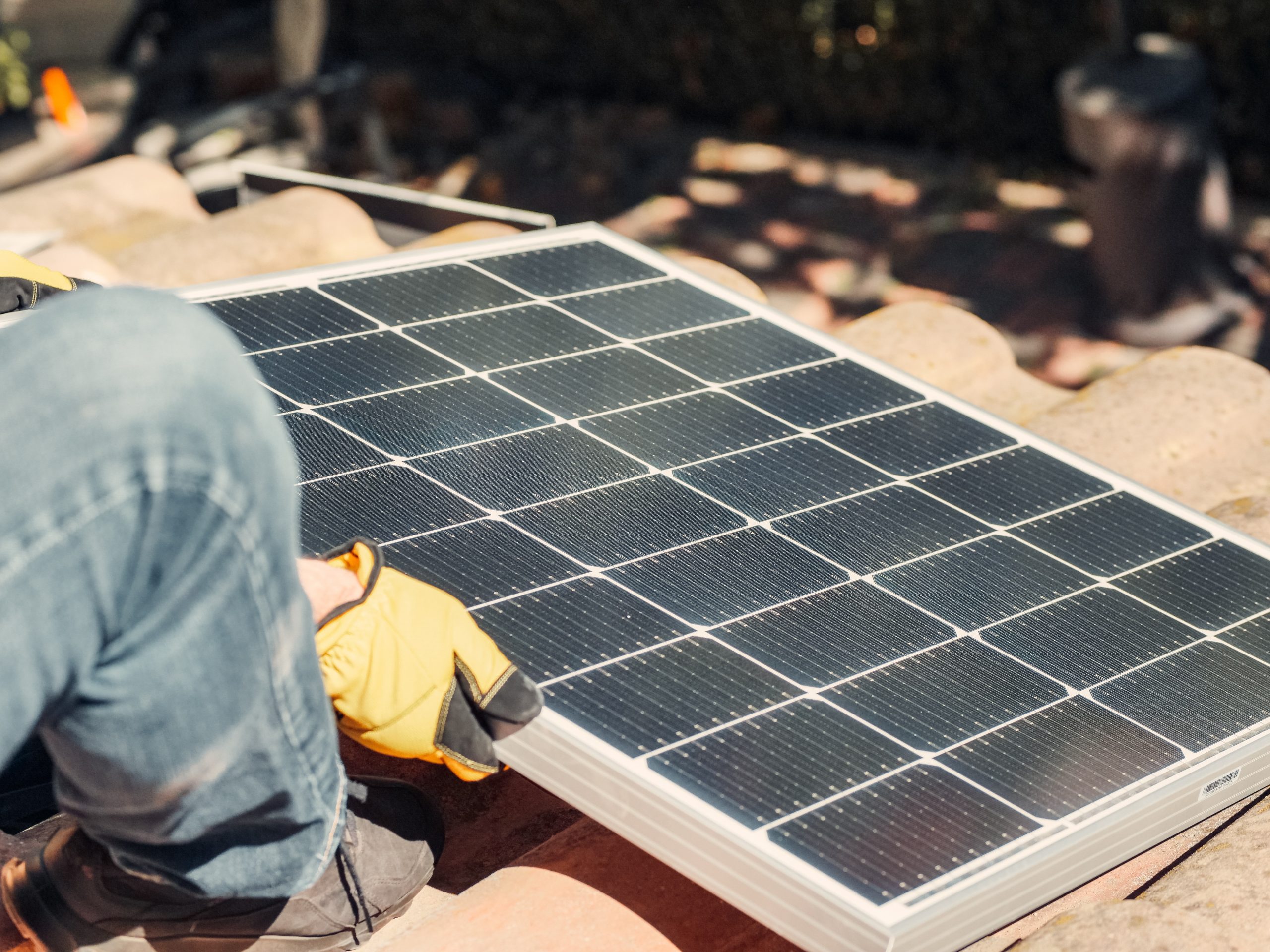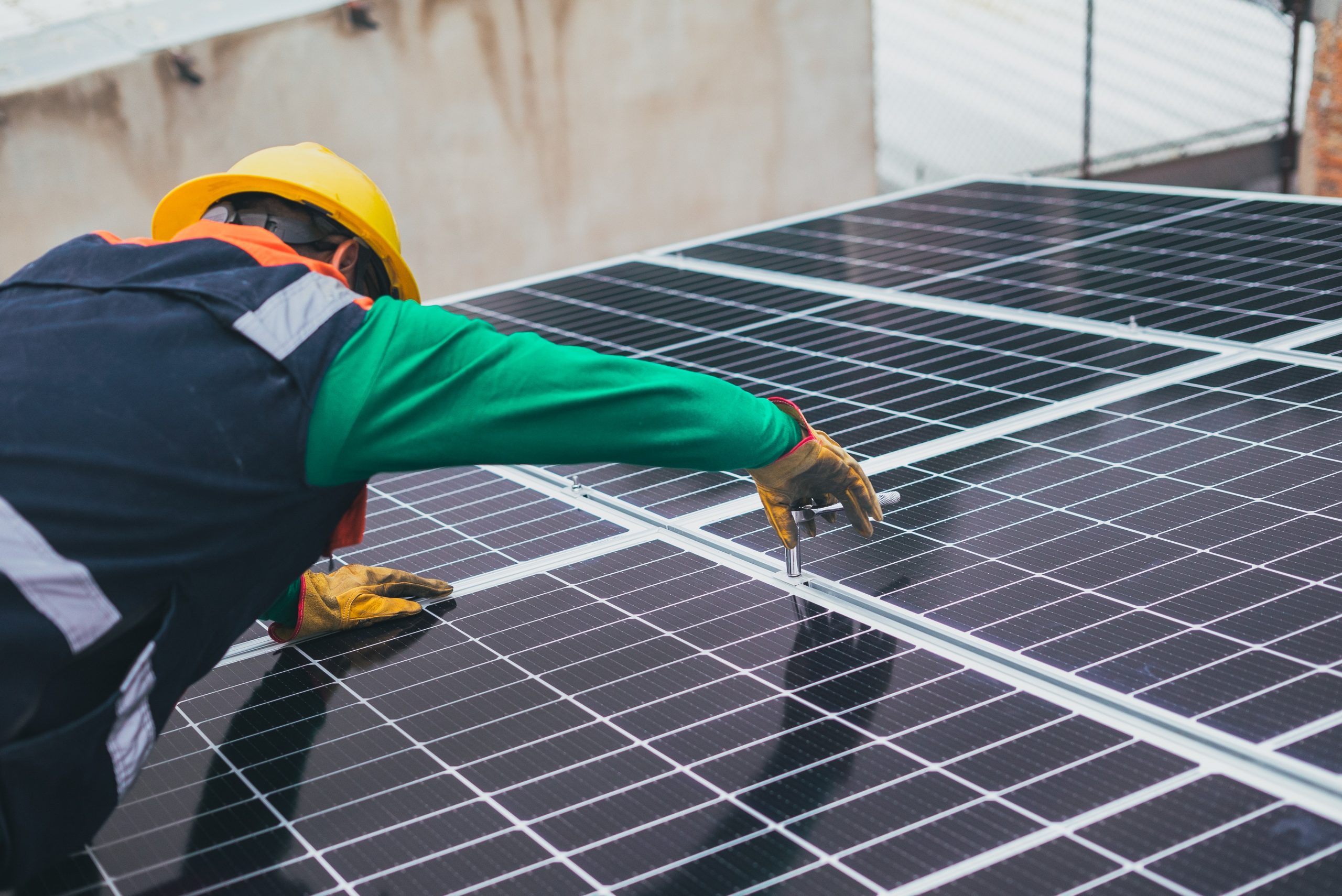Off Grid Solar Systems are becoming increasingly popular as an alternative source of energy for homes and businesses.
An off grid commercial solar panel installation is a type of power system that does not rely on the electrical grid to produce electricity, instead relying solely on the sun’s energy to generate power. This innovative solution utilizes practical uses for semiconductors, which are essential in converting sunlight into usable electrical energy, ensuring a sustainable and efficient energy source.
As mentioned from a reliable place like Mark Green, Off Grid Solar Systems offer numerous benefits, including reduced environmental impact, increased energy independence, and lower electricity costs. In this article, we will cover the top 10 tips for successfully installing an Off Grid Solar System.
10 tips you need to keep in mind when installing an Off Grid Solar System.

Research Your Needs and Options
The first step in successfully installing a large scale solar system is to research your needs and options.
First, consider what type of energy you need for your home or business. Do you need electricity to power lights, appliances, or other electronic devices? Next, decide which components you need for your systems—such as solar panels, batteries, charge controllers, and inverters.
Once you have an idea of your energy needs and the components required to meet them, you can research different manufacturers and models to find the right combination for your system.
Calculate Your Energy Requirements
The next step in successfully installing an Off Grid Solar System is to calculate your energy requirements. This is important to ensure you purchase the correct size system for your home or business.
You need to calculate the total amount of power you will be using, as well as the peak and average loads on any given day. Additionally, it is important to consider your location, climate, and other variables that can affect your energy requirements.
Homeowners in California can benefit from the California solar property tax exclusion, ensuring added solar value doesn’t increase property taxes. Learn how this incentive helps make solar more affordable.
Select Appropriate Components for Your System
Once you have determined your energy requirements, the next step is to select appropriate components for your system. This includes selecting the right size of solar panel and batteries to meet your needs.
You also need to select a charge controller and inverter that are compatible with the rest of your system. It is important to purchase quality components that are designed to last and can handle the conditions in which they will be used.
Choose the Right Location for Your Solar Panels
The final step in successfully installing an Off Grid Solar System is to choose the right location for your solar panels. The ideal spot should receive maximum sunlight throughout the year and be free from shade.
Additionally, it should have good air circulation and be easily accessible for maintenance and repairs. Once you have found the perfect location, the installation of your system can begin!
Consider Battery Storage Options
Solar power companies are becoming increasingly popular as more people seek alternative sources of energy. These companies specialize in designing, installing, and maintaining solar panels for residential and commercial use. With the rising cost of traditional electricity and growing concerns about the environment, solar power companies offer an eco-friendly and cost-effective solution to power needs. In addition, some solar power company with the likes of In Flow also offer battery storage solutions, allowing customers to store excess energy generated by their solar panels for later use. Overall, the rise of solar power companies is a positive step towards a sustainable future.
Also, when installing an Off Grid Solar System, it is important to consider your battery storage options. Batteries are necessary for storing the energy produced by the solar panels when the sun isn’t shining.
It is important to select batteries that are properly sized and compatible with the rest of your system components. Additionally, you should consider the type of battery you need—such as lead-acid, lithium-ion, or other options.
Understand Your Local Building Code Requirements
Before installing an Off Grid Solar System, it is important to understand your local building code requirements. These codes will vary depending on your location and can have a significant impact on the installation of your system.
It is important to become familiar with the codes in your area before beginning the installation process. And ensure that there is an OSHA fixed ladder for the easy installation of this panel.
Install an Inverter That Can Handle High Wattage
An inverter is necessary for converting the DC electricity generated by solar panels into AC electricity that can be used by various devices and appliances.
When selecting an inverter for your Off Grid Solar System, it is important to check the wattage rating and make sure that it can handle any high-wattage loads you need. This ensures your electrical panel labels, which indicate what each circuit powers, stay accurate and safe.
Use a Professional to Do the Installation

Installing an Off Grid Solar System can be complicated and time-consuming. It is highly recommended that you hire a professional solar installer with experience in this type of work.
This will ensure that all components are properly sized and installed, and will save you time and money in the long run.
Monitor Your System and Check for Potential Issues
The final step in successfully installing an Off Grid Solar System is to monitor your system and check for any potential issues.
This includes checking the battery levels, ensuring that the inverter is functioning properly, and checking for signs of wear or damage on the solar panels. Regular monitoring will help you identify potential problems
Remember that the installation of your off-grid solar system is only complete when all the components are functioning properly, and you have a full understanding of their use. It is important to make sure that you are familiar with all the components, as well as any local building code requirements and safety precautions.
With some careful planning and research, your off-grid solar system can provide reliable energy for years to come.
The Bottom Line
Installing an Off Grid Solar System can be a complex process that requires careful planning and research.
It is important that you make sure that you’re getting all the major and minor steps right so when you turn the switch on, you can be sure that your off-grid solar system will work.
With all the information outlined in the article above, you’ll be able to set up your off-grid solar system and get started off-grading today!














